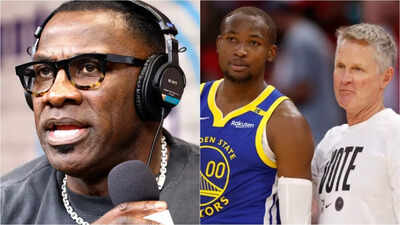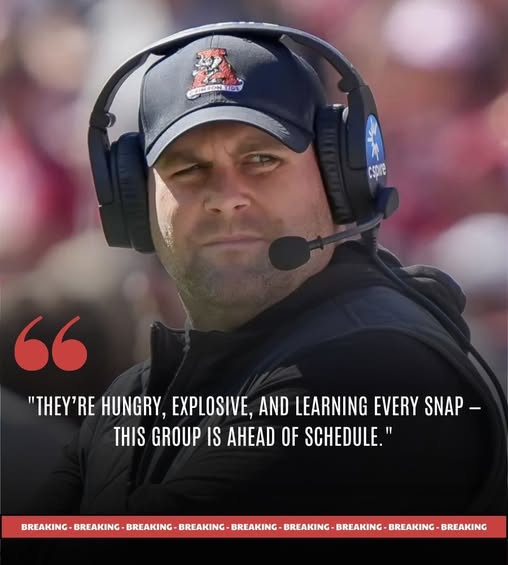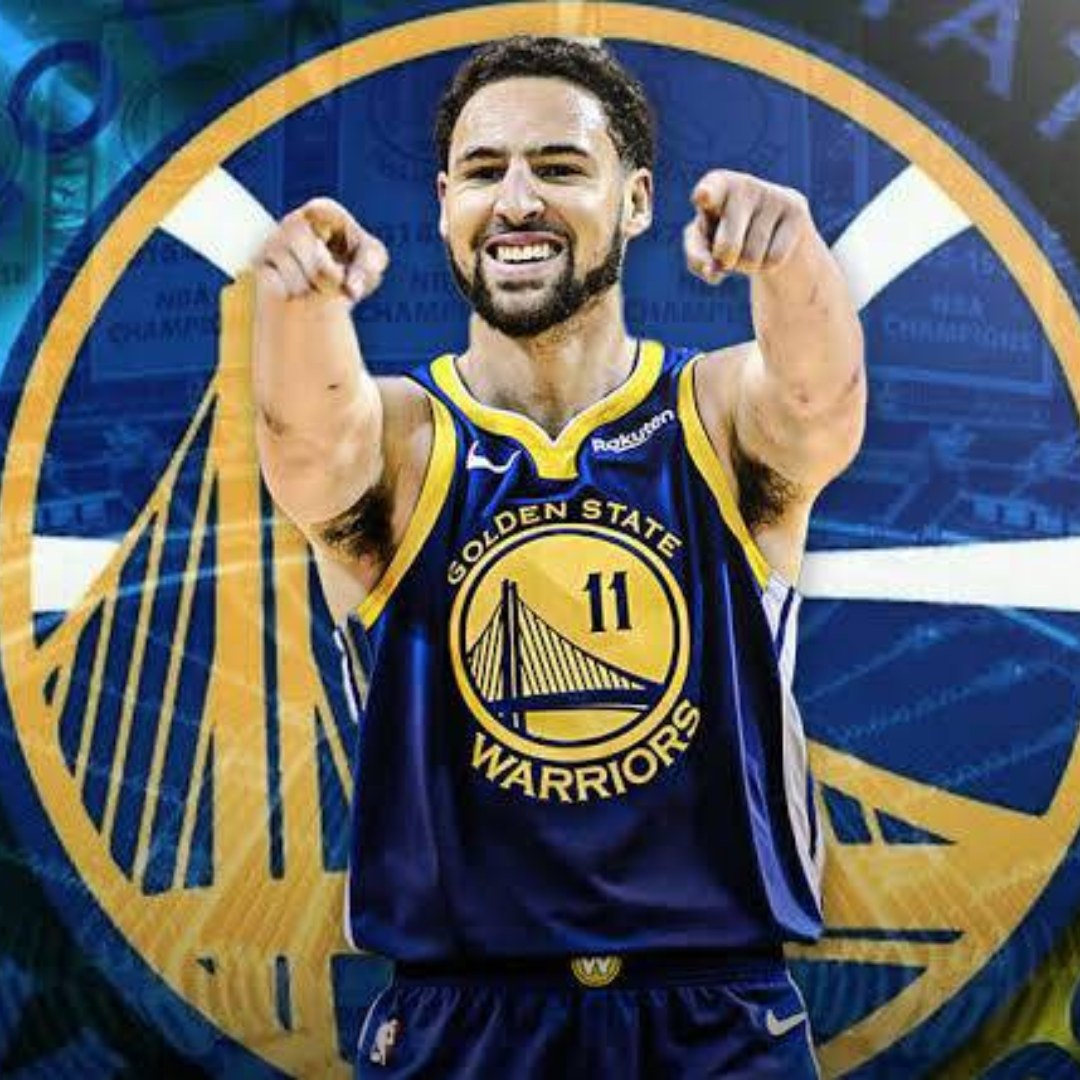Shannon Sharpe Points Finger at Steve Kerr as Root Cause of Jonathan Kuminga’s Struggles with Golden State Warriors
When it comes to dissecting NBA locker room dynamics and the interpersonal side of basketball, few voices carry as much weight as that of Hall of Famer and media personality Shannon Sharpe. Never one to shy away from expressing a strong opinion, Sharpe has now turned his attention toward the Golden State Warriors and what he believes is an underlying issue festering between head coach Steve Kerr and rising star Jonathan Kuminga. According to Sharpe, it isn’t Kuminga who should be shouldering the blame for the inconsistencies in his role or the so-called “drama” surrounding his development—it’s Steve Kerr.
Sharpe’s recent commentary adds a new layer to an ongoing saga that has quietly defined much of Kuminga’s tenure in Golden State. Since being drafted 7th overall in the 2021 NBA Draft, Kuminga has been viewed as one of the most athletically gifted prospects in recent memory. His rare combination of size, speed, strength, and leaping ability had fans and analysts alike forecasting a future All-Star. But three seasons into his career, Kuminga’s full breakout still hasn’t come to pass, and many believe it’s not due to lack of talent, but lack of opportunity.
That’s where Sharpe’s take cuts through the noise. In his view, Steve Kerr—beloved coach, tactician, and four-time NBA champion—has failed to adapt his system and rotational philosophy to the evolving needs of the roster, particularly when it comes to young talent like Kuminga. Sharpe argues that Kerr has clung too tightly to a veteran-first approach, prioritizing experience and chemistry over potential and athleticism. And in doing so, he may have inadvertently stunted the growth of a player who could be central to the Warriors’ next era.
Kerr has long been lauded for creating a culture of unselfishness, spacing, and ball movement—an ethos that led Golden State to multiple championships. But that same culture can become rigid, especially when younger players aren’t given the freedom to make mistakes, explore their game, or be featured in the offense. Kuminga, Sharpe suggests, has been caught in that trap. Rather than being empowered as a foundational piece, he’s been used sparingly, and only when injuries or matchups forced Kerr’s hand.
This isn’t to say that Kuminga hasn’t had chances. He has played in important games, had highlight moments, and even led the team in scoring during certain stretches. But the inconsistency in his minutes and role has led to frustration—not only from fans and media but reportedly from Kuminga himself. There were even whispers around the league last season about his dissatisfaction and questions about whether his future lay elsewhere.
Sharpe believes that those feelings didn’t emerge from nowhere. They were the result of a coach who, in his mind, failed to create a developmental pathway for a player of Kuminga’s caliber. And when players aren’t sure where they stand, when they feel they’re not trusted or valued, tensions inevitably rise. That’s the “drama” Sharpe is referencing—not some personal feud or attitude issue from Kuminga, but a structural failure in how he’s been managed.
It’s a bold accusation, especially against someone with Kerr’s resume. But it isn’t without merit. In today’s NBA, successful franchises are those that find a way to win now while also nurturing their young stars. The San Antonio Spurs did it with Kawhi Leonard. The Boston Celtics managed it with Jayson Tatum and Jaylen Brown. Even the Miami Heat have consistently developed undrafted players into key contributors. The Warriors, for all their success, have struggled to walk that same tightrope.
Part of that struggle comes from the immense pressure to compete while the core trio of Stephen Curry, Klay Thompson, and Draymond Green remains active. There’s a legitimate argument that Kerr has leaned on these veterans because they’ve earned his trust in countless playoff battles. But that trust has come at a cost—namely, in not fully exploring what players like Kuminga and even Moses Moody can offer when given extended, consistent roles.
Sharpe also brings up the mental side of the game. For a young player, confidence is everything. And when you’re constantly unsure whether you’ll play, or if one mistake could mean a seat on the bench, it’s nearly impossible to perform at a high level. That kind of tension doesn’t just affect production—it affects identity. Kuminga, by all accounts, wants to be great. But greatness requires belief—from coaches, teammates, and oneself.
There’s also the broader organizational context to consider. Golden State’s front office, now under the guidance of Mike Dunleavy Jr., has sent mixed signals about the team’s direction. On one hand, they’ve made win-now moves like trading for Chris Paul. On the other, they’ve insisted that Kuminga and others are part of the future. It’s a difficult balancing act, and one that’s becoming harder to manage as time goes on.
Sharpe’s criticism of Kerr may seem harsh, but it reflects a growing sentiment that Golden State must choose a lane. Either fully commit to chasing another title with their aging stars, or begin to transition toward the future by empowering their young core. Keeping one foot in each camp has left players like Kuminga in limbo, and it’s a situation that could lead to tough decisions down the road.
For his part, Kuminga has remained professional. He hasn’t publicly blasted the coaching staff or demanded a trade. He’s continued to work, train, and improve. By the end of last season, there were real signs of growth—better decision-making, improved shooting mechanics, and more mature defensive reads. But improvement means little without opportunity. And that’s where Sharpe’s commentary stings most. Because no matter how hard Kuminga works, if the coach doesn’t buy in, progress can only go so far.
So where does Golden State go from here?
Sharpe’s take may reignite conversations within the organization. Kerr, for all his success, is not beyond reproach. He’s evolving as a coach too, and perhaps this offseason—after a disappointing playoff exit—will force some introspection. Can he trust younger players more? Can he evolve his system to better suit their skills? Can he build lineups that blend experience with youth, rather than defaulting to one or the other?
These are the questions that will define the Warriors’ 2025 campaign. And for Kuminga, it could be the year that determines his future with the franchise. If he’s given the role and minutes he’s long deserved, we may finally see the breakout that has been promised since draft night. But if not, don’t be surprised if Sharpe and others begin pushing a new narrative—one that involves Kuminga finding that opportunity elsewhere.
What’s clear is this: the time for ambiguity is over. The Warriors know what they have in Kuminga. And if they’re not going to use him, they owe it to both the player and the team’s long-term future to make a change. Whether that means a shift in coaching philosophy or a trade remains to be seen.
But Sharpe’s message rings loud: don’t blame the player for the drama. Look at the system. Look at the coach. And ask whether he’s done everything in his power to help a young star flourish. Because if he hasn’t, then maybe it’s not Kuminga who needs to change—it’s Kerr.


